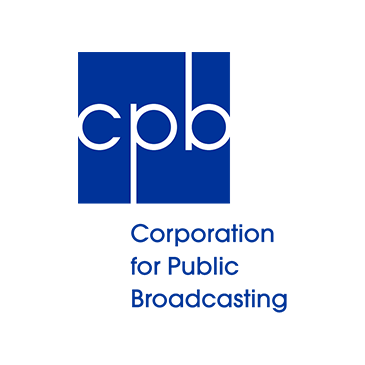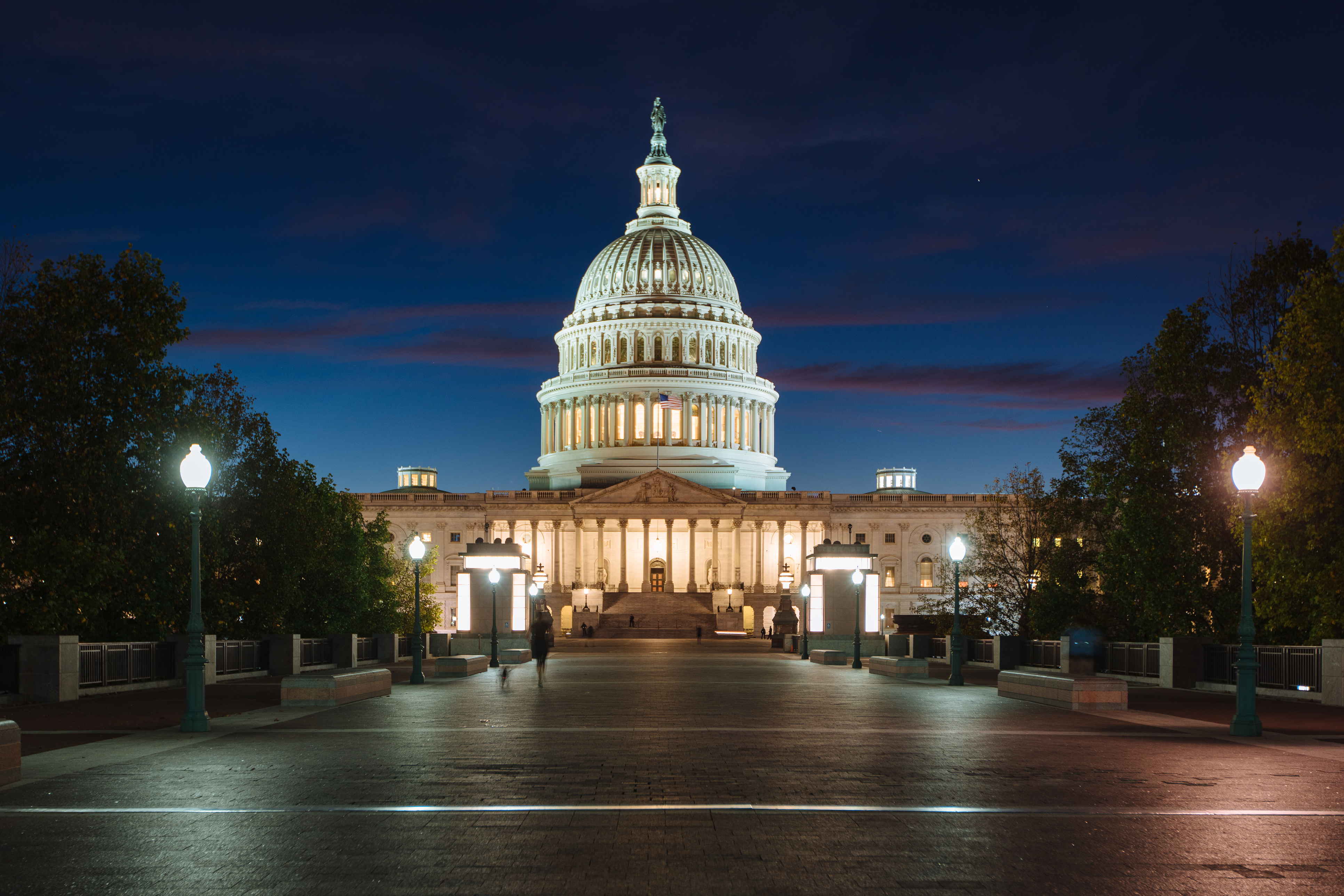The Corporation for Public Broadcasting is requesting an additional $175 million in emergency funds to secure the survival of US public media against a backdrop of newsroom layoffs and closures.
The request comes just over a month since Congress granted $75 million to CPB as part of the US Coronavirus Aid Package, also known as the “Cares Act”. Signed by President Trump in March, the package provides economic relief for businesses and individuals during the uncertainty of the Coronavirus pandemic.
However, these funds fell significantly short of the corporation’s initial bid for $250 million in stabilisation funding, which was an attempt “to ensure the viability of public media stations during this period of extraordinary economic hardship.”
Now CPB are requesting a further $175 million to assist stations as they navigate losses in state and university funding as well as a significant drop in underwriting, according to Current.
 “CPB is the steward of the federal government’s investment in public broadcasting and the largest single source of funding for public radio, television, and related online and mobile services.
“CPB is the steward of the federal government’s investment in public broadcasting and the largest single source of funding for public radio, television, and related online and mobile services.
CPB’s mission is to ensure universal access to non-commercial, high-quality content and telecommunications services. It does so by distributing more than 70% of its funding to more than 1,500 locally owned public radio and television stations.”
Read more: Emergency funds for US public broadcasting
In its statement of request dated 17 March 2020, CPB explained:
“Due to the unprecedented financial impact of the coronavirus, public media stations across the country are facing a severe decrease in funding from individuals, charitable foundations, corporate underwriting, states and universities. Early estimates, based on a projected crisis duration of six to eight weeks, indicate that FY 2020 losses could exceed $200 million.”
Public Media advocacy group, Protect my Public Media, is urging Congress to grant CPB the additional emergency funding, and suggests that the corporation stands to lose “$400 million in non-federal funding in the next several months.”
Layoffs, furloughs and closures
Since the start of April, Poynter has been documenting how Covid-19 has been impacting US print, digital and broadcast media, with layoffs, furloughs and, in some cases, closures becoming more abundant. Added to its growing list of affected newsrooms are Minnesota Public Radio, where several employees have accepted voluntary furloughs and buyouts, and NPR, which has taken measures to avoid layoffs by cutting staff salaries that are over $80,000 by up to 9% as well as ending contributions to employee pension plans until September.
According to the New York Times, NPR’S president and CEO, John Lansing, informed staff that NPR is likely to lose up to $15 million in sponsorship revenue out of the $115 that it was budgeted to make for this financial year and would therefore need to be making savings of around $25 million. NPR’s executives will also face cuts of between 10-15%. Lansing himself has cut his salary by a quarter for the rest of the fiscal year.
In the same NYT article, Paul G. Haaga Jr., the chairman of NPR’s board shared doubts about the need to make extensive budget cuts: “We’ve got a lot of reserves, we’ve been prudent in our finances and our investment management. That’s going to benefit us in this difficult time.”
According to Public Broadcasting Caucus Co-Chair Rep. Earl Blumenauer, CPB’s request for additional funding is currently being negotiated as part of the wider debates taking place in Congress regarding what the next stimulus package might entail.
Blumenauer also stated that both the House and Senate are in support of CPB’s request and continues to recognise the vital service that public radio and television stations have been providing during a time of crisis.
Public media continues to inform, educate and entertain
Despite debilitating budget restraints, audience viewing figures for public media have far from diminished as Americans continue turning to public broadcasters as a source of timely and accurate information about Covid-19 developments. Parents and children have also been utilising the education resources that public television and radio stations provide for remote learning during lockdown.
Read more: Viewers flock to public TV for news, food shows during lockdown
As evidence of their intrinsic value and role, US public media’s provisions have been showcased in a website launched by CPB. In a press release published yesterday, Pat Harisson, CPB President and CEO said: “This website is a testament of commitment to community on the part of public media stations. Although each station is unique as America’s communities are unique, there is a consistent theme: Keeping our communities informed and safe with educational content and information you can trust.
“Our mission has never been more relevant — to provide for free and commercial free content that matters to our lives — content that educates, informs and helps us stay safe. We are proud to share the innovative ways local public media stations are serving the American people.”
Read more: Helpful COVID-19 Resources From Public Media
The website also places an emphasis on the vital content offered by local public media. These stations are particularly reliant on funding distributed by CPB, especially as other sources of income – such as advertising and philanthropic support – become more strained due to COVID-19.
Now more than ever, local public media needs the support of additional federal funds. While COVID-19 only amplifies and accelerates the ongoing crisis of local journalism across platforms, local public stations are often the last source of accountable, trusted news and education for many areas.
Public media underpins informed democracy. The Public Media Alliance supports CPB’s request for additional funding and calls on congress to ensure that public media are able to effectively serve the American public at a national and local level.
Header Image: MPR News – Minnesota Public Radio and American Public Media Building News Ticker – St. Paul. Credit: Tony Webster/CC BY 2.0
Related Posts
15th May 2020
Global Call Out: COVID-19 takes its toll on independent media
It is essential that citizens have…
13th May 2020
The financial impact of Covid-19 on European public broadcasters
Many European public broadcasters are…
27th March 2020
Governments must not use coronavirus as an excuse to curtail media freedom
The Public Media Alliance urges…



